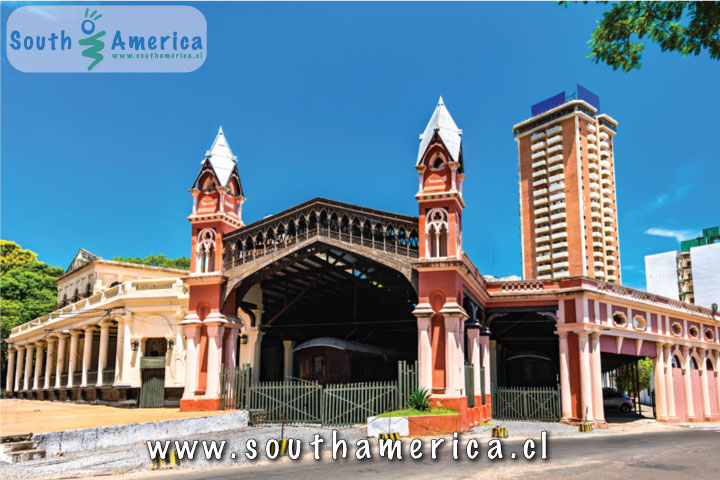Asunción
Paraguay

Nuestra Señora de la Asunción is the capital of Paraguay, as well as the largest city in the country. It was founded by the Spanish captain Juan de Salazar y Espinosa on the 15th of August 1537 and received in homage to the commemoration of the Assumption of the Virgin Mary. With 456,000 inhabitants this urban cosmopolitan has a variety of buildings in different styles from differing time periods. It is situated near the border with Argentina in the Southern part of the country on the River Paraguay.
Lace seems to be the main souvenir product here. Everything from things to cover your table to things you can wear.
Guaraní (the country's other main language) can be heard a lot in the streets and in shops though everyone uses Spanish with visitors.
Personally, maybe since it's so small, Asunción isn't exactly the most interesting city, even being a capital one. You won't need more than a day here (a couple of nights).
Check out some Health Organization sites with the latest information about Dengue before you go since it has become a serious problem of late.
What to See:
The main square can be beautiful, especially when flowers are in bloom.
Palacio del Gobierno: Many of the pieces from the building were actually manufactured in Paris and then brought back over and constructed here mimicking the style of the Louvre. The furniture was also brought from France.
Congressional Palace: A cherry pink colored building.
Catedral Metropolitana: Constructed in the 19th century, this cathedral also has a museum attached to it with a few pieces of religious art. It is located on the South Eastern side of Plaza Constitución.
Museo del Barro: It displays art spanning several different genres, from modern compositions to pre Colombian pottery and textiles. It is only open in the late afternoon from Wednesday to Sunday.
Museo Etnográfico Andrés Bardero: a free museum showing pre Colombian tools and art crafts, along with the origin and a good demonstration of how the archeologists found the items. Open Monday to Friday with a long break for lunch. (Av España 217)
Aduana: The customs house will give you a chance to view some of the old colonial fortress, from Asunción's time as a frontier city, it was used as protection against the Chaco.
Jardin Botánico: 7km from the city, it has its own zoo and is a fairly good park.
Museo de la Estacion Central: This is the formal main train station that has now become a museum. You can see an old steam locomotive (yes, just the one) and a couple of railcars (including a dining one) as well as other relics from a bygone era. The place is generally a bit rundown.
When to go:
Festivities are best for Carnival, in late February or early March. This is by far the liveliest time to go to the city. However, generally summer is not recommended for the heat though if you do come make sure your accommodation has some type of air conditioning (if not you can leave the windows open though it doesn't help much and just lets the mosquitoes have a free dinner).
Winter is variable, but it is generally comfortable for walking around the city. Be careful of sudden downpours. On my last day here, I left the hostel in a morning that had a few clouds, within half an hour the sky darkened and it rained intensely, filling the streets with water. Strangely though within another half hour the sun started peering through the clouds again.
If you found this guide about Asunción, Paraguay interesting or useful, let others know about it.

